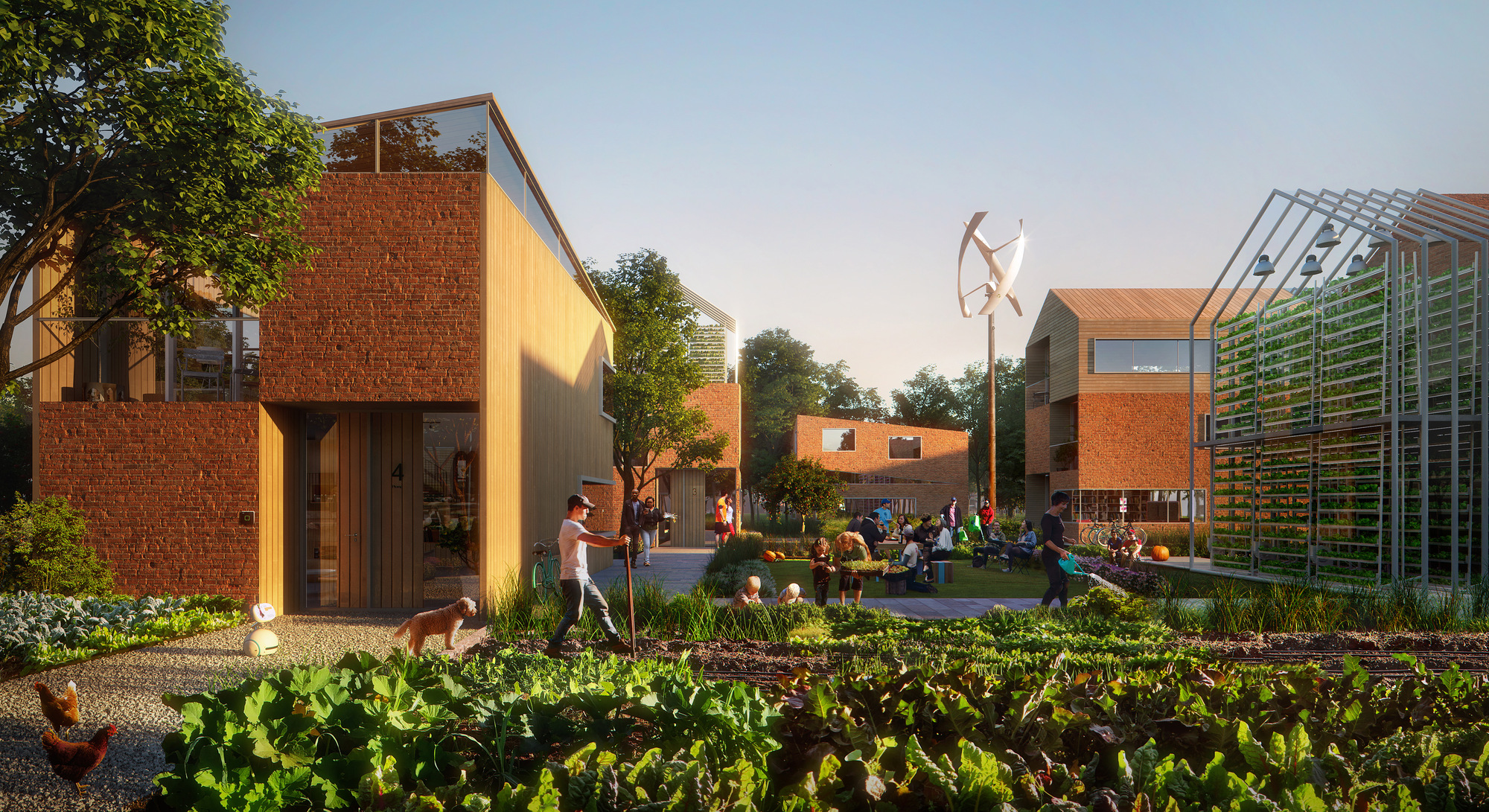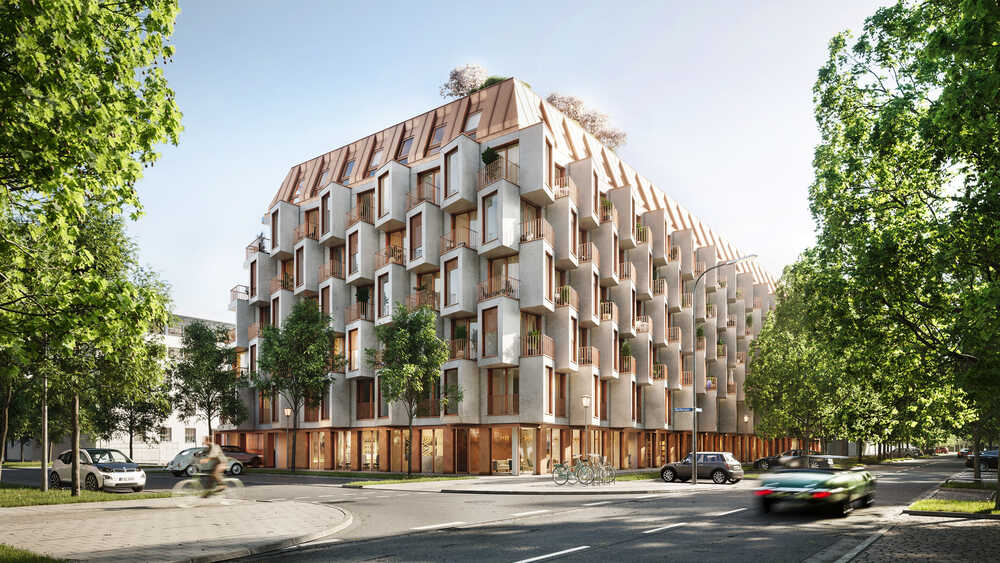Housing in urban centres needs to cater to a wider range of demographics, and have the flexibility to adapt to the ever-changing needs of residents, said panelists in UNStudio’s Future of Housing webinar.
“We have to think not just about the future typology of the home, but also what has changed in our societies in recent years,” said Ben van Berkel, UNStudio’s Founder and Principal Architect. “The amount of constellations of our family organisation is so different [now].”
He was speaking during a webinar hosted by UNStudio alongside the IE School of Architecture and Design on February 4, exploring the future of housing.
For all of the panelists, the corona pandemic highlighted how new homes need to cater to changing and more diverse demographics.
“Most of the conversations about our current reality focus on a specific subject: an adult in their productive years, maybe with kids,” said Romina Canna, Associate Professor and Director of IE School of Architecture and Design’s Design-Lab. “This has made evident a lack of focus on certain existing and growing demographics [in the housing discussion].”


Housing in Cities Needs to Consider More Diverse Demographics, UNStudio Webinar Hears
With 68% of people predicted to be living in urban environments by 2050, she stressed that “we have to start thinking about who they are” and looking at housing “not as just a typology, but rather as an infrastructure.”
Ren Yee, Head of Innovation Strategy and Forecasting at UNStudio and Head of Design/Strategies at UNSense, agreed.
“We need to holistically look at how to make living more equitable. This means involving more people, more demographics, more types of model development that allows for more affordable housing and a good quality of life,” he said.
For Jeronimo van Schendel, Director of Master in Business for Architecture and Design at the IE School of Architecture and Design, the question of how homes will be designed post-corona is actually about “the future of living, not just the future of housing”.
Inevitably, technology and data will also play a role in this. For Van Schendel, incorporating it into the design and construction or smart homes and cities is about “the smart balance of the strategic input of the technology and the very well-framed collaboration model in which an architect is a key player.”
He cited the Brainport Smart District in the Dutch city of Helmond as an example. Here, UNStudio has designed an urban plan for the new neighbourhood, while our daughter company UNSense is also running the 100 Homes project, a ‘living lab’ where we can test how data and technology can be used to positively impact on residents’ lives.
“The Brainport Smart District is not a housing model necessarily. It is a model of living,” he said. “The deepest changes lie in how it relates with its immediacy; how it integrates the value of data; how it integrates or enables the productive landscape, and how that productive landscape fosters some of the interactions with neighbours, as well as more constructive and engaging interaction with institutions and companies.”
Yee, who has been heavily involved in the project, said he believes that for housing, we need to “invert the system.”
“Companies know of the need to move beyond shareholder value to stakeholder value. This type of mentality and thinking should come more to the housing sector,” he explained.

Van Berkel also stressed the importance of focusing on the users, and the element of community.
“I don’t think you can change housing alone,” he said. “It’s the community element that is important” and to strengthen this we need “to create a new form of loyalty, or sharing capacity of social interaction within the community – whether [that be] childcare, sport or producing food.
“Activating people socially, mentally and physically is how we will come out of this pandemic in a totally new way,” he added.
Part of this will be through creating more flexible living spaces, which UNStudio has been exploring in a new residential project in Munich called Van B (pictured above). Here, apartments will not have fixed layouts, but instead feature plug-in modules for elements such as a bed, study space or storage area, which residents can slide out of the way when not using them. This model allows people to reconfigure their home throughout the day.
Looking at the roles of architects in the future, Van Berkel foresees “an expansion of the profession.”
“I do believe an architect should be in one way or another, a public scientist,” he said.
Yee highlighted that designers and architects should bridge the capacity of technology with their understanding of the living space, and that architects should “be able to guide the development of technology.”
The role of an architect should “move from a shape-giver to a spatial strategy leader who thrives in mediation, taking initiatives and advocacy,” said Van Schendel.
For Canna, it’s time for a whole new approach to housing.
“We need to break the boundaries of what housing is about” and find new ways to “make housing inclusive, not exclusive,” she said.
To watch the full webinar, click here.